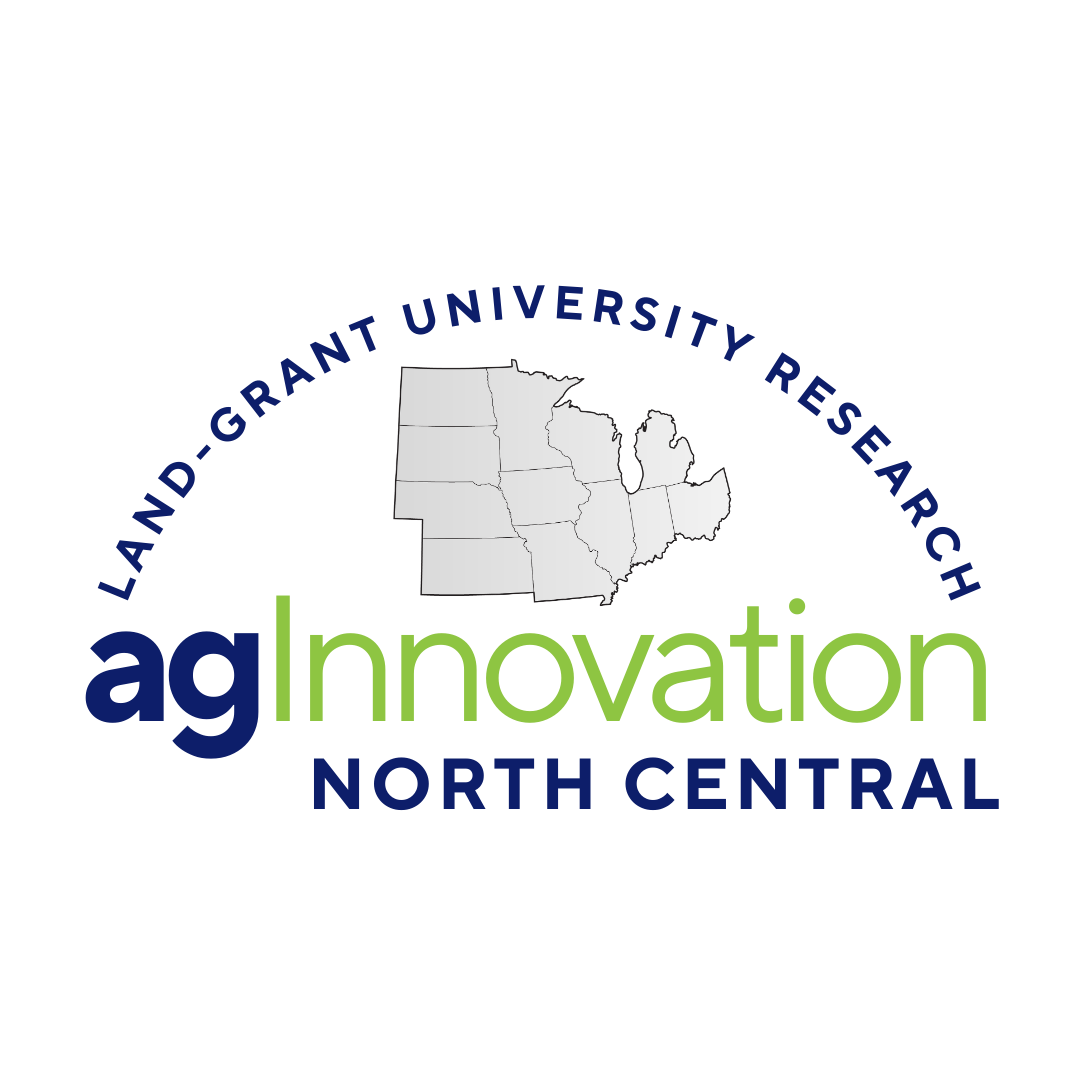
NCERA3: Soil and Landscape Assessment, Function and Interpretation
(Multistate Research Coordinating Committee and Information Exchange Group)
Status: Active
Date of Annual Report: 01/09/2025
Report Information
Period the Report Covers: 07/15/2024 - 11/12/2024
Participants
Project Participants attendingOsterloh, Kristopher Kristopher.Osterloh@sdstate.edu, South Dakota State University
McSweeney, Kevin mcsween@illinois.edu, University of Illinois
Schulze, Darrell G dschulze@purdue.edu, Purdue University
Wessel, Barret wesselba@msu.edu, Michigan State University
Turk, Judith, jturk3@unl.edu, University of Nebraska
Moorberg, Colby, moorberg@ksu.edu, Kansas State University
Daniel Hirmas, dhirmas@ttu.edu, Texas Tech University
Guest in Attendance:
Abigail Guza, Michigan State University
Project Participants unable to attend
Burras, Lee, lburras@iastate.edu, Iowa State University
Jelinski, Nic, University of Minnesota
Slater, Brian, slater.39@osu.edu, Ohio State University
Thompson, James, James.Thompson@mail.wvu.edu, West Virginia University
Brief Summary of Minutes
5:00 - 5:15pm Welcome and Introductions
5:15 – 6:00pm Open discussion covering the following topics:
Virtual fieldtrips, building off the existing soil explorer fieldtrips and expanding them to regions and soilscapes across the country.
Funding opportunities for multistate/multiregional research involving all project members.
Expansion of research and education audiences to include crop consultants and crop performance groups in agronomy.
The relationship between soil structure and carbon sequestration. Potentially submitting a Climate-SMART project on the topic.
Utilizing the Shiny soil app (Daniel Hirmas) as a tool for gathering soil structure data and a resource for future projects.
6:00 pm – Adjourn
Accomplishments
<p style="font-weight: 400;"><strong>Accomplishments</strong></p><br /> <ol><br /> <li style="font-weight: 400;">All participants in the project are active contributors to the National Cooperative Soil Survey as participants on various national and regional committees, as contributors to soil survey activities in their respective states and as educators training the next generation of soil scientists.</li><br /> <li style="font-weight: 400;">Work continues on refining Soil Explorer and incorporating new data layera and virtual fieldtrips</li><br /> <li style="font-weight: 400;">All committee members actively recieved funding and published research papers directly or indirectly related to the goals of this project.</li><br /> </ol><br /> <p> </p><br /> <p>Committee members are actively involved in soil judging at the high school and collegiate level. These activities serve as valuable outreach/educational initiatives for fostering the next generation of soil scientists. South Dakota State University (Kristopher Osterloh, organizer) hosted the region 5 soil judging contest in Fall 2023 and Kansas State University (Colby Mooreburg, organizer) hosted the region 5 soil judging contest in Fall 2024. </p><br /> <p>Many committe members contributed to the following journal artical related to soil structure and pedagogy.</p><br /> <p>Anderson, A., Burras, L., Young, R., Turk, J., , Clark, K., Davis, M., Dere, A., Jelinski, N., Moorberg, C., Osterloh, K., Presley, D. An Updated Method for Identifying the Formative Factors in Soil Structure. <em>Soil Science Society of America Journal</em>, 2024.</p>Publications
Impact Statements
- 1. Project participants are actively publishing their research work in the scientific literature as indicate in the publications section.
- 2. The SoilExplorer.net website and Soil Explorer app continue to be downloaded and utilized by thousands of people each year. The content on these apps was a collaborative effort of NCERA-3 members, led by Purdue University (Darrell Schulze, PI).
- 3. Project participants are actively involved in soil survey activities in conjunction with soil scientists from USDA-NRCS. This involvement includes research and consultation work in conjunction with soil survey activities in member states. This includes novel work on digital soil mapping techniques (Purdue, Minnesota, Iowa State, Ohio State), monitoring and benchmarking of soil carbon and soil moisture regimes (Kansas State, University of Nebraska-Lincoln, University of Minnesota), collaborative development of Ecological Site Descriptions (Kansas State), development and refinement of novel soil survey interpretations (Iowa State), and novel tools to digitally visualize soil profiles and soil morphology from descriptive text data (Purdue). Urban soil mapping, East St. Louis, and Chicago (Illinois).